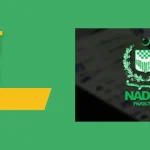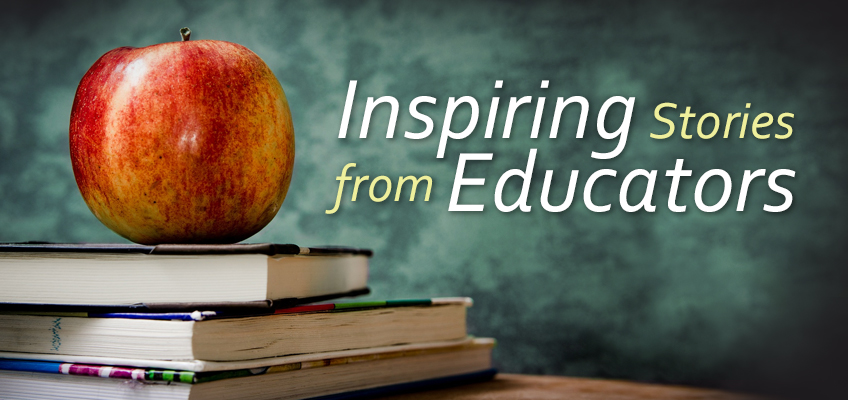
🎯 Introduction: AI Is Here—Now What?
Artificial Intelligence, once reserved for science fiction and tech labs, is now a real-world classroom companion. Tools like ChatGPT, Bard, and Claude are changing the way students learn and teachers teach.
But with power comes responsibility. Used wisely, AI can enhance creativity, speed up tasks, and deepen understanding. Used poorly, it can promote dependency and misinformation.
The key is not whether to use AI in education—but how to use it well.
🧠 1. What Is ChatGPT (and Similar AI Tools)?
ChatGPT is a generative AI chatbot that can:
- Answer questions in natural language
- Explain complex concepts simply
- Draft emails, essays, code, and lesson plans
- Translate languages and summarize texts
It’s built on large language models trained on vast datasets—essentially, it’s a smart assistant that mimics human conversation.
🎓 2. Why AI Tools Matter in Modern Classrooms
| Benefit | Description |
|---|---|
| 🔄 24/7 Learning Support | Students can ask questions anytime |
| ⏱️ Time-Saving for Teachers | Lesson planning, grading, feedback generation |
| 🎯 Personalized Learning | Adapts explanations to student skill levels |
| 💡 Creativity Catalyst | Brainstorming, ideation, and language exploration |
| 🌍 Real-World Preparation | Prepares students for AI-driven workplaces |

📘 3. 10 Ways Teachers Can Use ChatGPT Effectively
🧑🏫 A. Lesson Planning
Generate outlines, warm-up questions, or interactive activity ideas.
Example Prompt:
“Create a 45-minute lesson plan on photosynthesis for 8th graders.”
✍️ B. Grading & Feedback
Draft comments on essays or suggest rubric-based improvements.
Example Prompt:
“Give constructive feedback for a 500-word essay on climate change.”
🎤 C. Class Discussion Prompts
Use ChatGPT to create engaging, open-ended questions.
Example:
“What ethical dilemmas can AI create in the workplace?”
🧩 D. Differentiated Instruction
Ask ChatGPT to explain the same topic at multiple levels (beginner, intermediate, advanced).
Prompt:
“Explain the water cycle for a 5th grader, then for a high school student.”
🧪 E. Science & Math Support
Solve equations, design experiments, or clarify formulas.
Prompt:
“Explain Newton’s 3rd Law in simple terms, with a real-life example.”
📜 F. Historical Reenactments
Have ChatGPT role-play historical figures (e.g., Gandhi, Marie Curie) for interactive learning.
📚 G. Reading Comprehension Practice
Generate summaries, vocabulary lists, or quiz questions from texts.
🌐 H. Language Learning
Translate text, generate vocabulary games, or simulate conversation practice.
🎮 I. Gamify Lessons
Create quizzes, riddles, scavenger hunts, or classroom escape room storylines.
📅 J. Admin Support
Write newsletters, classroom policies, or parent-teacher communication templates.
👩🎓 4. How Students Can Use ChatGPT (Responsibly)
- 📝 Brainstorm ideas for essays or projects
- ❓ Ask for explanations on tough concepts
- 📚 Generate practice quizzes
- 📑 Proofread their writing
- 🧠 Get tips for studying or organizing notes
Encourage students to use AI for learning, not for cheating.
⚠️ 5. Risks & How to Mitigate Them
| Risk | Solution |
|---|---|
| 📉 Over-reliance | Teach AI as a helper, not a crutch |
| ❌ Misinformation | Always verify AI outputs with trusted sources |
| 🔁 Plagiarism | Use AI detectors + stress original thinking |
| 🔒 Data Privacy | Avoid sharing personal/student information |
| 🧱 Teacher Resistance | Offer PD and experimentation space |
🧑🏫 6. Classroom Ground Rules for Using ChatGPT
- Cite AI assistance when used in writing
- Use it as a brainstorming tool, not a writing replacement
- Double-check facts before submission
- Do not input private or sensitive information
- Teachers should model ethical use
📍 7. Case Study: ChatGPT in an English Class
A 10th-grade teacher asked students to:
- Draft a story idea using ChatGPT
- Refine it with peer feedback
- Rewrite it manually in their own words
Outcome? Improved creativity, more engaged students, and a stronger understanding of story structure.
🔮 8. The Future of AI in Classrooms
- AI tutors that support every student individually
- Curriculum co-creation using teacher + AI collaboration
- Voice-based learning with natural spoken interactions
- Emotion-aware AI to adjust content based on mood or frustration
The teacher isn’t being replaced—it’s being empowered.

✅ Conclusion: Teachers + AI = Superpowered Learning
When thoughtfully integrated, ChatGPT and similar AI tools:
- Save time
- Boost engagement
- Personalize learning
- Support both students and educators
But the human element—empathy, mentorship, inspiration—remains irreplaceable.
The best classrooms of the future will be built on the strengths of both minds and machines.










